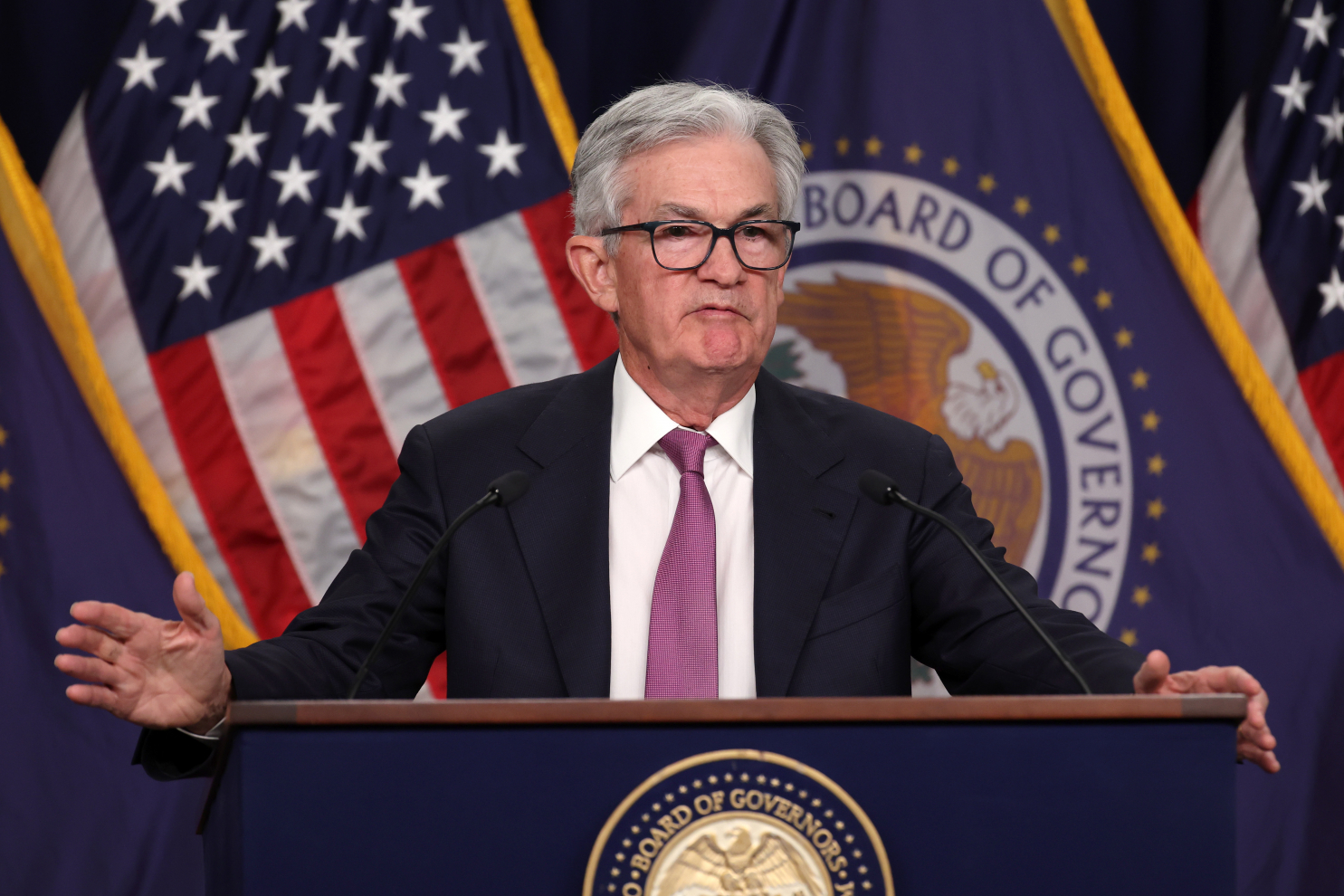Central banks’ monetary policy faces challenges
Many central banks are concerned about reducing inflation while maintaining financial stability.

The Standard Bank forecasted that the Fed would take rates to 5.5%
>> Pressure of high interest rate eased
In recent weeks, major central banks such as the Fed, the ECB and the Bank of England have tries to show that there is no conflict between their aim of reducing inflation and their desire for financial stability. Higher policy rates rein in inflation and manipulating the central bank’s balance sheet deals with financial stability. However, the market still seems somewhat reticent to see things this way.
Of all the central banks, the Bank of England probably showed most clearly how to avoid a conflict between inflation reduction and maintaining financial stability. For while financial stability was certainly upended in the UK gilt market by the unwise – but temporary – mini-budget of September 2022, the Bank dealt with this via a temporary return to quantitative easing while, at the same time, pressing on with rate hikes. The consequence was a recovery in the gilt market and in other assets that had wobbled, such as the pound.
Unsurprisingly, financial investors want both high real rates and a good degree of financial stability. Fast-forward to events of recent weeks and both the Fed and ECB have clearly suggested that such macroprudential policies will be used to counter financial instability, while rate hikes will continue as long as inflation is too high. But has the market got the memo?
Market-based expectations of Fed rate hikes through this year have come down through all this bank-related turmoil despite the fact that the Fed’s projections for rates at the end of this year were no different in the March Summary of Economic Projections (SEP) to the prior set of forecasts last December.
Hence the market appears to be suggesting one of two things. Either the Fed will take more allowance of financial stability risks in its upcoming rate hike decisions, or that the adverse economic effects of tighter financing conditions will show up quickly and force the Fed to either limit rate hikes now, or cut at a faster pace (than the Fed is projecting) in the long haul. Undoubtedly either of these – or both – could happen.
But it is instructive to think again about the Bank of England’s experience last September/October. For despite the surge in financial uncertainty created by the tumult in the gilt market and the Bank’s subsequent decision to re-launch QE on a temporary basis, Mr. Steve Barrow, Head of Standard Bank G10 Strategy thinks it is hard to suggest that interest rates today are any different from those that would have existed if the gilt market had not imploded and the BoE had not been forced into re-starting QE. This is a function of the fact that growth has been better than expected and inflation persistent. If it is a template that we see in the US as well – and the euro zone for that matter – then these expectations that central banks will tread more softly now, and cut rates faster in the future, could prove wide of the mark.
>> Bank stress makes it much tougher for central banks
In other words, major central banks may still take rates higher and hold them there for longer than the market anticipates. The key, of course, is that macroprudential policy works in stemming any significant financial instability. That is what we saw in the case of the Bank of England last autumn. The difference now, of course, is that we’re looking at bank failures, not bond market weakness and pension fund frailty as we saw in the UK last year.
Also, the problems back then were specific to the UK. Today, we’ve clearly seen banking problems in the US and Switzerland and the recent slide in bank shares in the euro zone, such as Deutsche Bank may be a reminder that pressure could spring up anywhere at any time, so threatening to either overwhelm macroprudential policy, or else cause such longer-term economic harm that the likes of the Fed and ECB will have to cut rates sooner and much faster even if they try to hold them up for now.
“Taking all this into account we suspect that our forecasts for policy rates have probably changed less than most others. We still see the Fed taking rates to 5.5% and the ECB lifting the refi rate of 4.0%. That’s above market pricing and could, of course, compound the need for central banks to use macroprudential policy to contain financial stability risks if the forecasts prove correct”, said Mr. Steve Barrow.








